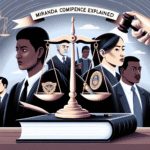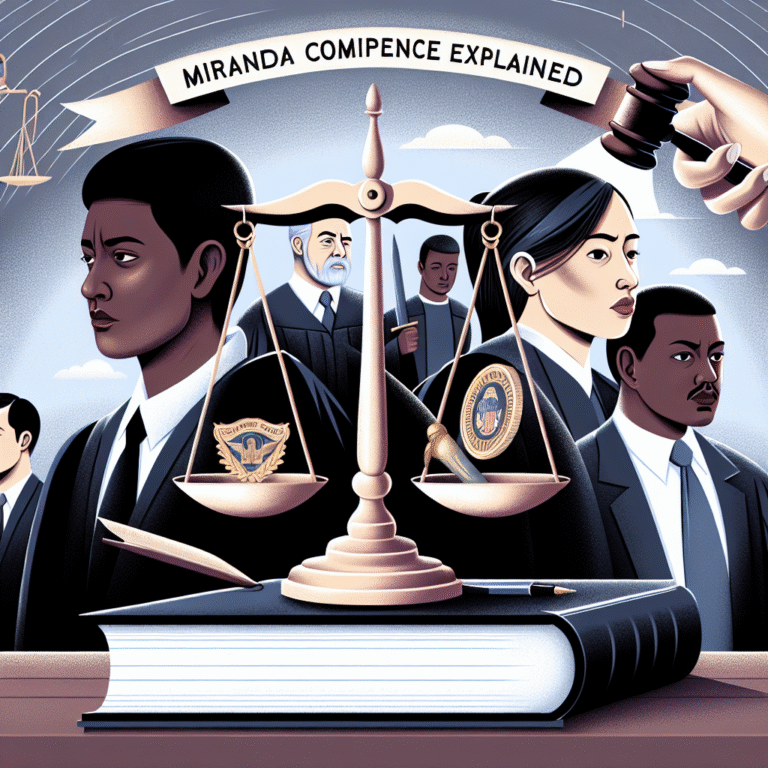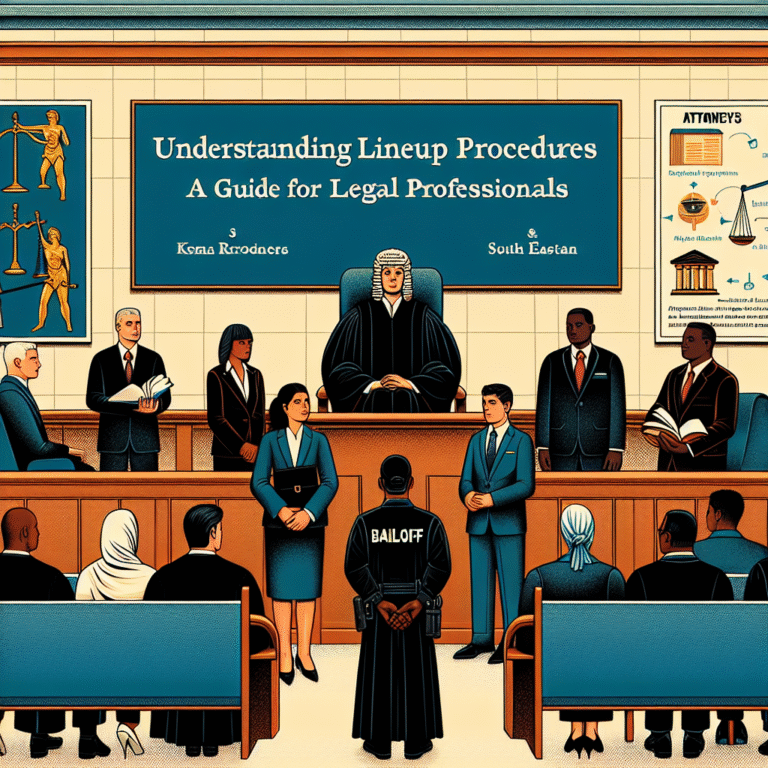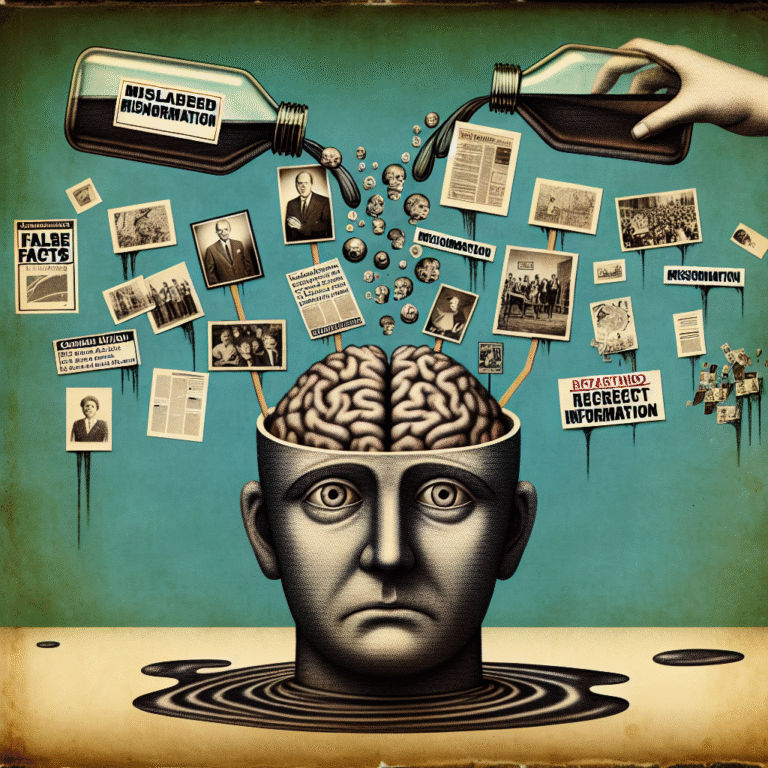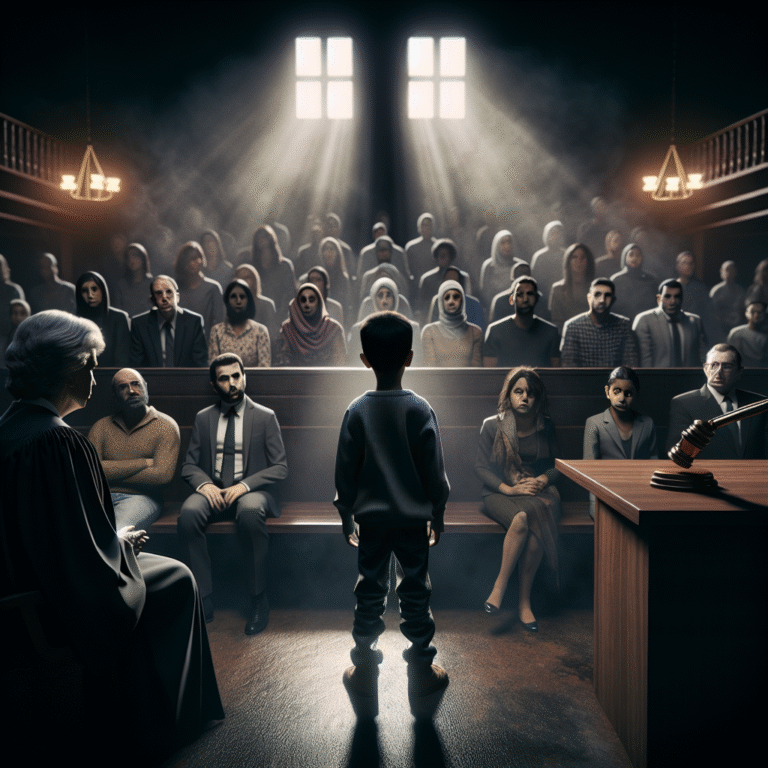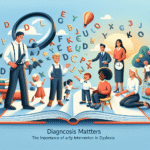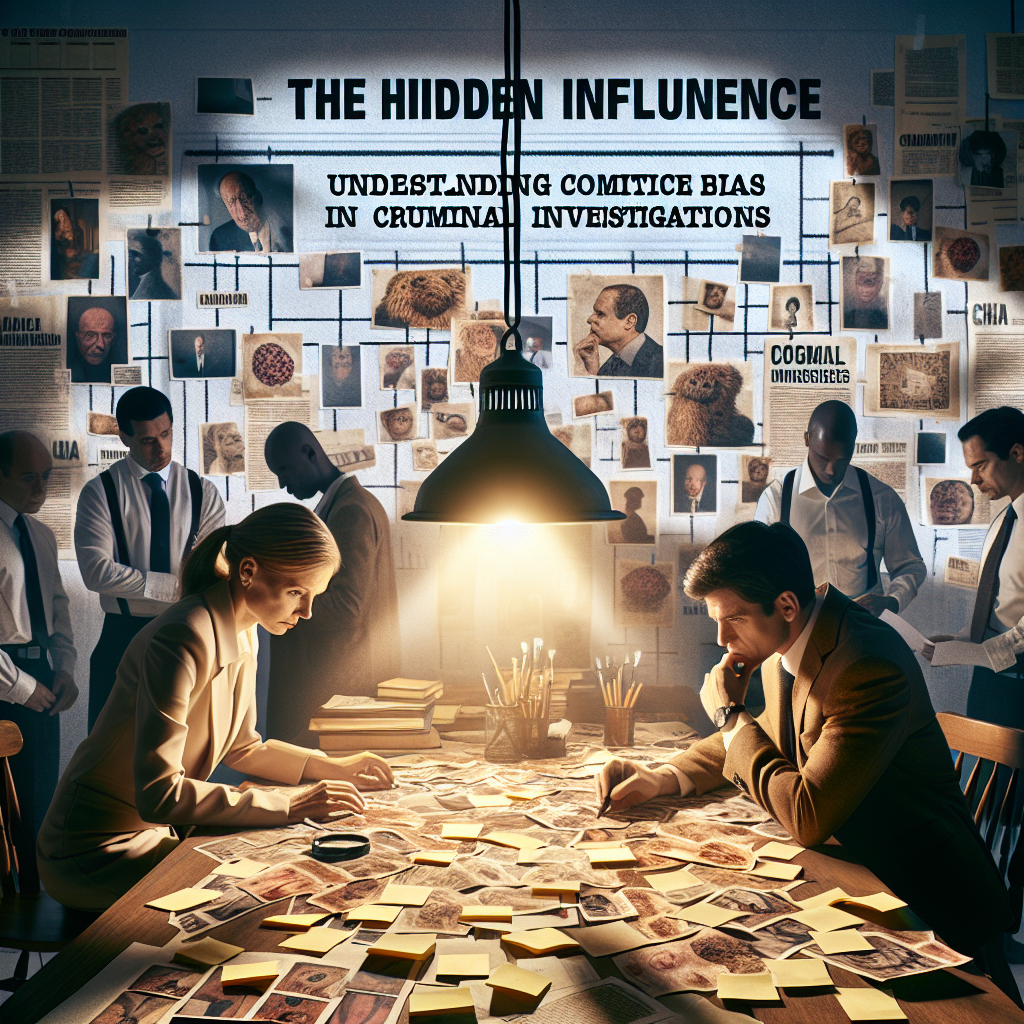
Introduction
Imagine a detective unraveling a complex web of clues, piecing together a crime’s narrative, yet unknowingly influenced by subconscious biases. The reality is that cognitive biases can profoundly shape the outcomes of criminal investigations, often with overwhelming implications for justice. In "The Hidden Influence: Understanding Cognitive Bias in Criminal Investigations," we will dive deep into how these subtle yet powerful mental shortcuts not only distort perception but also impact decision-making processes, ultimately affecting the lives of victims, suspects, and society at large.
Ironically, while rigorous methodologies are employed to gather evidence and testimonies, the human element—fraught with biases—can undermine even the most well-intentioned efforts. By exploring key biases, illustrating them with captivating case studies, and offering actionable insights, this article will enhance your understanding of the hidden influences at play in criminal investigations.
The Nature of Cognitive Bias
Cognitive biases are systematic patterns of deviation from norm or rationality in judgment. These biases affect the decisions we make every day, from mundane choices to significant life-altering ones. But, in the realm of criminal investigations, these biases can cloud judgment and lead to significant errors.
Common Types of Cognitive Bias
- Confirmation Bias: The tendency to search for or interpret information in a way that confirms one’s preconceptions.
- Anchoring Bias: Relying too heavily on the first piece of information encountered (the "anchor").
- Availability Heuristic: Overemphasizing information that is most readily available in memory.
- Fundamental Attribution Error: Overemphasizing personal characteristics in explaining someone else’s behavior while underemphasizing situational factors.
The Impact of Cognitive Bias on Investigative Processes
Cognitive biases affect various aspects of criminal investigations, from initial assessments to jury decisions. The overconfidence bias, for Example, can lead investigators to dismiss alternative theories or evidence that contradicts their initial findings. The hidden influences of these biases mean that even seasoned professionals are not immune to their effects, which can lead to wrongful convictions or overlooked evidence.
Case Studies: Unpacking the Hidden Influence
Case Study 1: The Central Park Five
In this infamous case, five young boys were wrongfully convicted for a crime they did not commit, largely due to confirmation bias and reliance on coerced confessions. The detectives involved became fixated on their initial suspects and ignored evidence that suggested their innocence. Over ten years later, DNA evidence exonerated them, showcasing the disastrous effects of biases in criminal investigations.
Analysis
This case starkly illustrates how confirmation bias can obstruct justice. Investigators’ insistence on their initial narrative led to the wrongful imprisonment of innocent individuals, highlighting the urgent need for awareness and mitigation of cognitive biases.
Case Study 2: The Murder of Meredith Kercher
The investigation into the murder of British student Meredith Kercher included significant cognitive biases that affected the perception of Amanda Knox, who was arrested alongside her boyfriend. The media frenzy compounded these biases, leading to a narrative that favored sensationalism over facts.
Analysis
Here, the availability heuristic played a significant role. Investigators became influenced by the sensational coverage of Knox, leading to skewed perceptions of her involvement, even with contradictory evidence. It showcases the risks of allowing public opinion to infiltrate investigative processes.
The Role of Technology in Mitigating Bias
In today’s digital age, technology offers promising avenues to mitigate cognitive biases in criminal investigations. Robust data analysis tools and decision support systems can minimize reliance on subjective judgment. In an era where data-driven insights can coexist with human intuition, the integration of technology holds the potential to reduce the impact of biases.
Applying Data Analytics
Using data analytics can help investigators evaluate evidence objectively, reduce reliance on gut feelings, and arrive at well-informed conclusions. Practical examples include:
- Predictive Policing: Utilizing algorithms to forecast criminal activity based on trends and patterns.
- Case Management Systems: Streamlining evidence management and ensuring no critical data is ignored.
Training and Awareness Programs
Ongoing training on cognitive biases can also equip law enforcement personnel to recognize and mitigate their effects. Such initiatives can enhance decision-making processes and improve the overall integrity of investigations.
Charts and Tables: Cognitive Biases in Criminal Investigations
| Cognitive Bias | Definition | Impact on Investigations |
|---|---|---|
| Confirmation Bias | Seeking evidence that confirms existing beliefs | Leads to overlooking contradictory evidence |
| Anchoring Bias | Heavily relying on initial information | Results in fixed ideas, hindering open-mindedness |
| Availability Heuristic | Focusing on information that comes to mind quickly | Causes overestimation of recent or vivid events |
| Fundamental Attribution Error | Assigning personal traits to behaviors | Neglects situational factors influencing actions |
Practical Strategies for Reducing Cognitive Bias
While cognitive biases are deeply ingrained, several strategies can help minimize their effects in criminal investigations:
1. Diverse Investigative Teams
Ensuring diversity in investigative teams can promote different perspectives, reducing the likelihood of uniform bias.
2. Rigorous Peer Review
Implementing a structured peer review system where investigators can discuss cases with their colleagues ensures that biases can be caught and addressed early on.
3. Decision Accountability
Encouraging transparency around decision-making processes fosters a culture of accountability, prompting investigators to justify their choices logically.
Conclusion
The hidden influence of cognitive bias in criminal investigations can significantly distort the pursuit of justice. As we have seen through various case studies, the consequences of such biases can lead to wrongful convictions and failures to pursue the truth effectively.
By understanding these biases and actively employing techniques to mitigate them, law enforcement can improve investigative outcomes and contribute to a fairer justice system. The key lies in recognizing the human element in investigations while leveraging technology and collaboration to reduce errors born from cognitive biases.
FAQs
1. What is cognitive bias?
Cognitive bias refers to systematic patterns of deviation from norm or rational judgment, affecting how individuals perceive information and make decisions.
2. How does cognitive bias impact criminal investigations?
It can lead to distorted judgments, erroneous conclusions, and even wrongful convictions by influencing how evidence is interpreted and analyzed.
3. Can technology help reduce cognitive biases?
Yes, technology can provide objective data analysis and decision-support systems that minimize subjective judgment and promote more accurate outcomes.
4. What are some common examples of cognitive biases in investigations?
Common examples include confirmation bias, anchoring bias, availability heuristic, and fundamental attribution error.
5. How can training be effective in mitigating bias?
Training programs enhance awareness of cognitive biases within law enforcement, equipping individuals to recognize and address these biases in their decision-making processes.
With an understanding of "The Hidden Influence: Understanding Cognitive Bias in Criminal Investigations," we can collectively aim for a justice system that is reflective, informed, and, ultimately, just.

